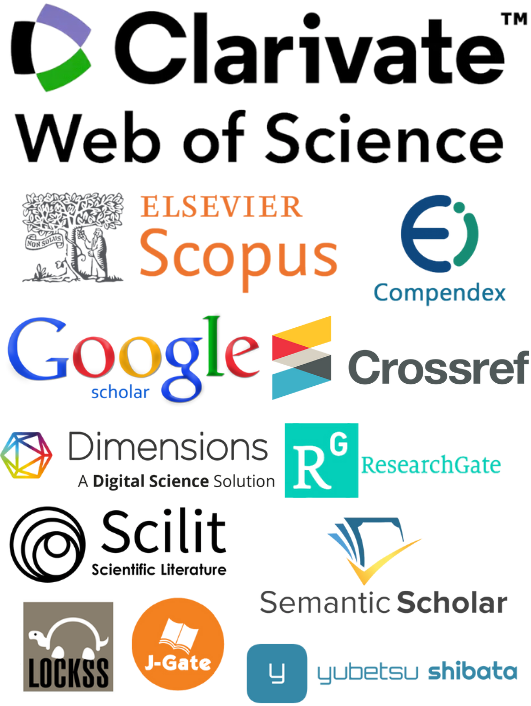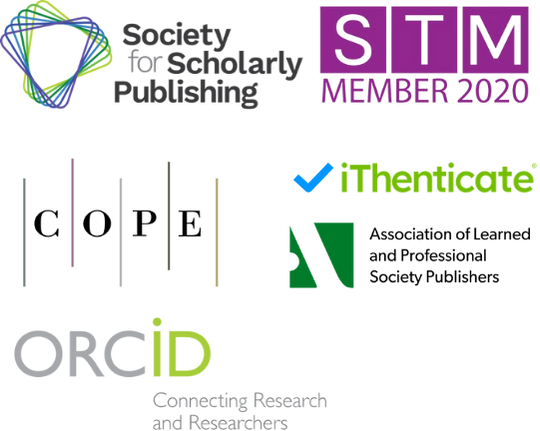Transhumanism and the Future of Consciousness: The Integration of Humans and Machines
DOI:
https://doi.org/10.5281/zenodo.15117307Keywords:
transhumanism, artificial intelligence, consciousness, brain-computer interface, ethics, human-machine integrationAbstract
Transhumanism envisions a future where technology surpasses biological limitations, integrating artificial intelligence (AI), brain-computer interfaces (BCIs), and advanced prosthetics into human life. This paper explores how these advancements impact consciousness, society, and ethics. While AI exhibits remarkable computational capabilities, it remains fundamentally distinct from human cognition and self-awareness. The application of transhumanist technologies in healthcare, education, and industry has the potential to transform human capabilities, yet it also introduces profound ethical dilemmas, including disparities in access, privacy concerns, and existential risks. This paper argues that a multidisciplinary approach — incorporating neuroscience, philosophy, and technology policy — is essential to ensure that the integration of humans and machines benefits society as a whole.
References
1. F. A. Azevedo, et al., "Equal numbers of neuronal and nonneuronal cells make the human brain an isometrically scaled-up primate brain," J. Comp. Neurol., vol. 513, no. 5, pp. 532-541, 2009, doi: 10.1002/cne.21974.
2. J. R. Searle, "Minds, brains, and programs," Behav. Brain Sci., vol. 3, no. 3, pp. 417-424, 1980, doi: 10.1017/S0140525X00005756.
3. P. Goff, Galileo's Error: Foundations for a New Science of Consciousness, Pantheon, 2019. ISBN: 9781524747961.
4. G. Tononi, M. Boly, M. Massimini, and C. Koch, "Integrated information theory: from consciousness to its physical substrate," Nat. Rev. Neurosci., vol. 17, no. 7, pp. 450-461, 2016, doi: 10.1038/nrn.2016.44.
5. D. Chalmers, "The hard problem of consciousness," in The Blackwell Companion to Consciousness, pp. 32-42, Oxford, UK: Wiley-Blackwell, 2017. ISBN: 9780470674062.
6. D. Silver, et al., "Mastering the game of Go with deep neural networks and tree search," Nature, vol. 529, no. 7587, pp. 484-489, 2016, doi: 10.1038/nature16961.
7. C. D. Schuman, T. E. Potok, R. M. Patton, J. D. Birdwell, M. E. Dean, G. S. Rose, and J. S. Plank, "A survey of neuromorphic computing and neural networks in hardware," arXiv preprint arXiv:1705.06963, 2017, doi: 10.48550/arXiv.1705.06963.
8. J. Preskill, "Quantum computing in the NISQ era and beyond," Quantum, vol. 2, p. 79, 2018, doi: 10.22331/q-2018-08-06-79.
9. D. L. Yamins and J. J. DiCarlo, "Using goal-driven deep learning models to understand sensory cortex," Nat. Neurosci., vol. 19, no. 3, pp. 356-365, 2016, doi: 10.1038/nn.4244.
10. N. Selwyn, Should Robots Replace Teachers?: AI and the Future of Education, John Wiley & Sons, 2019. ISBN: 9781509528950.
11. M. Ienca and P. Haselager, "Hacking the brain: brain–computer interfacing technology and the ethics of neurosecurity," Ethics Inf. Technol., vol. 18, pp. 117-129, 2016, doi: 10.1007/s10676-016-9398-9.
12. B. Yvert and E. Fourneret, "Neuromorphic brain interfacing and the challenge of human subjectivation," Nat. Rev. Bioengineering, vol. 1, no. 6, pp. 380-381, 2023, doi: 10.1038/s44222-023-00041-9.
13. S. Russell, "Artificial Intelligence and the Problem of Control," in Perspectives on Digital Humanism, pp. 19-24, Springer, 2022. ISBN: 9783030861438.
Downloads
Published
Issue
Section
License
Copyright (c) 2025 Bat-Erdene Togooch, Gansukh Norovsambuu (Author)

This work is licensed under a Creative Commons Attribution 4.0 International License.


